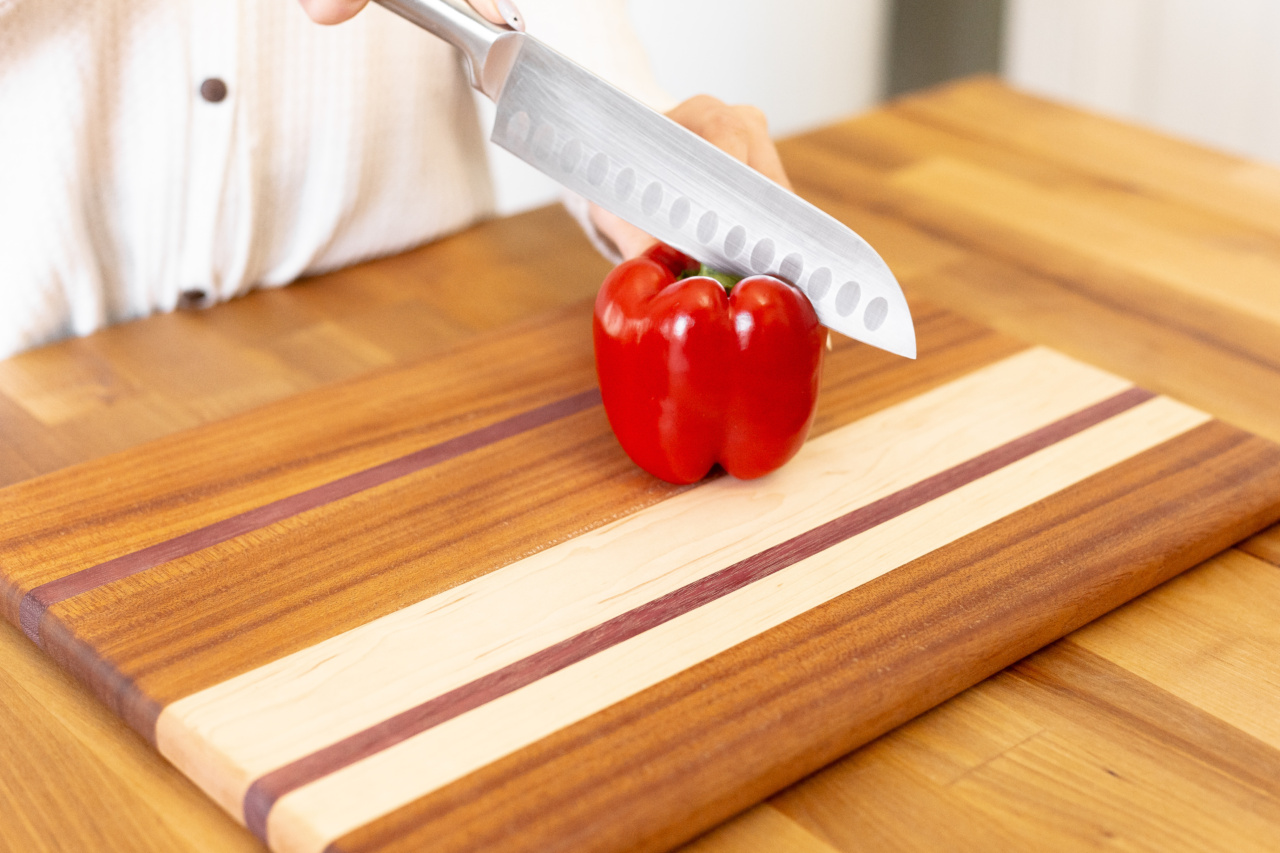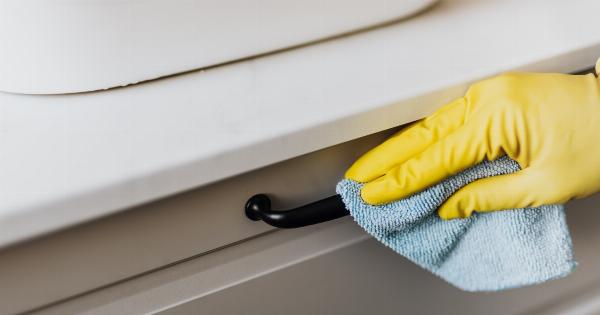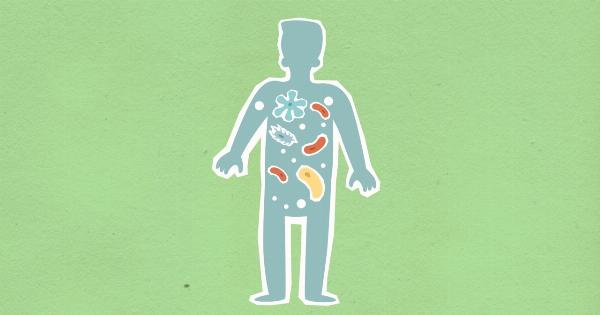Cutting food the right way is not just about achieving perfect shapes and sizes, but it also plays a crucial role in ensuring optimal cleanliness and health.
Many people underestimate the importance of proper cutting techniques, often resulting in food contamination, improper cooking, and even food-borne illnesses. In this article, we will delve into the various aspects of cutting food the right way to maintain cleanliness and promote better health.
The Importance of Cleanliness
Cleanliness is paramount when it comes to food preparation. Cutting food properly goes hand-in-hand with cleanliness as it helps minimize the risk of cross-contamination.
Cross-contamination occurs when harmful bacteria or pathogens from one food item transfer to another, leading to potential food poisoning. By adhering to proper cutting methods, we can significantly reduce the chances of cross-contamination and ensure better food hygiene.
Using Clean Cutting Surfaces
A clean cutting surface is crucial to prevent the transfer of bacteria and other contaminants. Whether you’re using a cutting board or a countertop, make sure it is thoroughly washed with hot, soapy water before and after each use.
Opt for cutting boards made of materials like hardwood, bamboo, or plastic, as they are less likely to harbor bacteria than materials like glass or marble. Additionally, consider having separate cutting boards designated for specific food groups to further minimize the risk of cross-contamination.
Tools of the Trade: Choosing the Right Knife
Choosing the right knife is essential for both clean and efficient cutting. A dull knife not only makes cutting more difficult but can also lead to accidents. Select a sharp knife that suits the specific task at hand to ensure clean and precise cuts.
Different types of knives are designed for specific purposes, such as a chef’s knife for general slicing and dicing, a serrated knife for cutting bread, or a paring knife for intricate tasks. Keeping your knives sharp and well-maintained is also crucial for optimal cutting performance.
Proper Hand Hygiene
Before you start cutting, it is essential to practice proper hand hygiene. Wash your hands thoroughly with warm water and soap for at least 20 seconds before handling any food.
This step helps remove any dirt, bacteria, or pathogens that may be present on your hands, significantly reducing the chances of contaminating the food you’re about to cut. Additionally, consider using disposable gloves if you have open cuts or sores on your hands.
Correct Techniques for Cutting Different Foods
Different types of food require different cutting techniques to ensure optimal cleanliness and health. Here are some common types of food and the recommended cutting techniques:.
Fruits and Vegetables
When it comes to fruits and vegetables, it’s essential to wash them thoroughly before cutting. Remove any dirt or debris, and consider using a vegetable brush to clean produce with tougher skin.
Cut fruits and vegetables on a clean cutting board using a sharp knife. Keep in mind that the size and shape of the cuts may vary depending on the recipe, but aim for uniformity to ensure even cooking.
Raw Meat, Poultry, and Seafood
Extra care should be taken when cutting raw meat, poultry, and seafood due to the risk of food-borne pathogens. It is advisable to have a separate cutting board designated solely for these items to avoid cross-contamination.
After cutting raw meat, thoroughly clean the cutting board and knife with hot, soapy water or run them through the dishwasher to eliminate any potential bacteria.
Bread and Baked Goods
When cutting bread and baked goods, make sure to use a serrated knife to achieve clean slices without squishing or compressing the delicate texture.
Apply gentle pressure and use a back-and-forth sawing motion rather than applying downward force to maintain the integrity of the bread or pastries.
Cheese
Cheese can be cut using various techniques depending on its texture and hardness. Soft cheeses are best handled with a wire to prevent mashing or smearing, while hard cheeses require a firm, sharp knife.
Clean the knife between cuts, especially when transitioning from different types of cheese, to avoid mixing flavors and potential cross-contamination.
Safe Food Storage
Proper cutting techniques extend beyond the act of cutting itself – safe food storage is equally important. After cutting food, ensure leftovers and prepared items are properly stored in airtight containers and refrigerated promptly.
This helps maintain the freshness and quality of the food, reducing the risk of spoilage and bacterial growth.
Maintaining and Cleaning Cutting Tools
Regular maintenance and cleaning of cutting tools are crucial for both their longevity and cleanliness. Make sure to wash knives with hot, soapy water after each use, using a brush to remove any food particles stuck to the blades.
Dry the knives thoroughly to prevent rusting. Sharpen your knives regularly using a honing rod or a knife sharpener to maintain their cutting performance.
Conclusion
Cutting food the right way is about more than just culinary finesse; it is a fundamental aspect of promoting optimal cleanliness and health.
By following proper cutting techniques, using clean cutting surfaces and tools, practicing good hand hygiene, and ensuring safe food storage, we can foster a cleaner and healthier kitchen environment. Remember to prioritize cleanliness in your food preparation routine to safeguard yourself and those enjoying your culinary creations.































